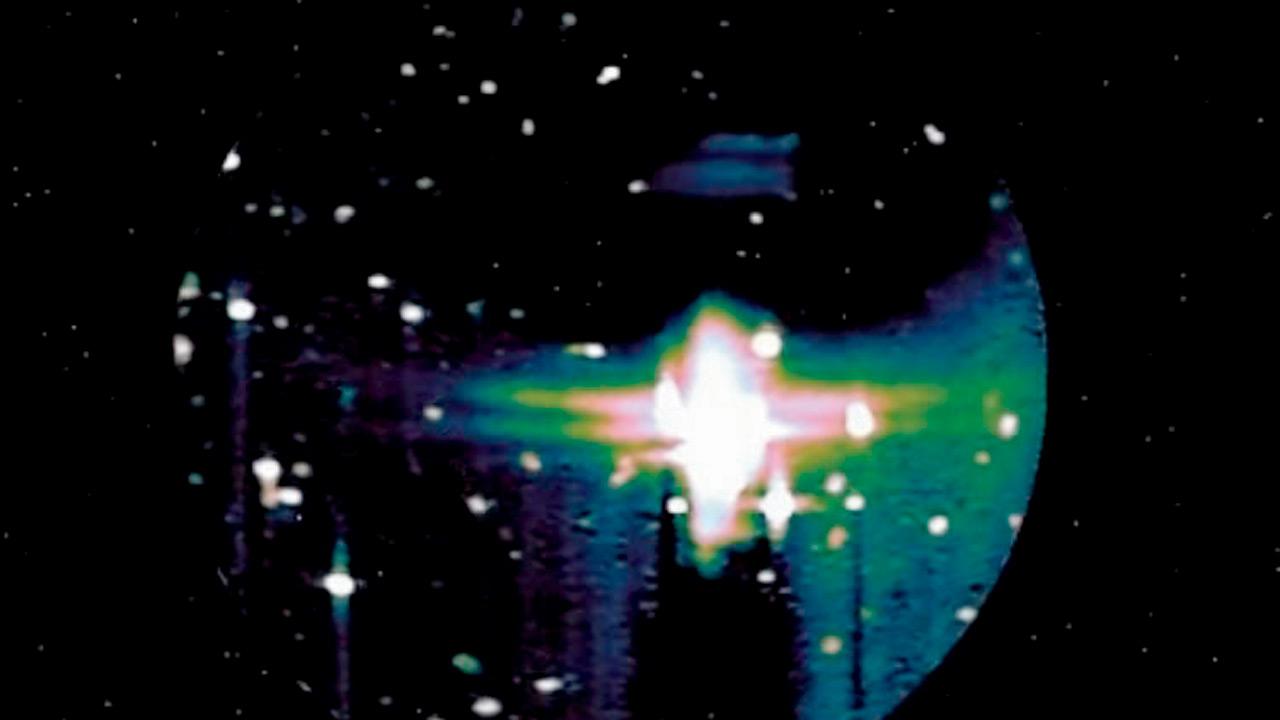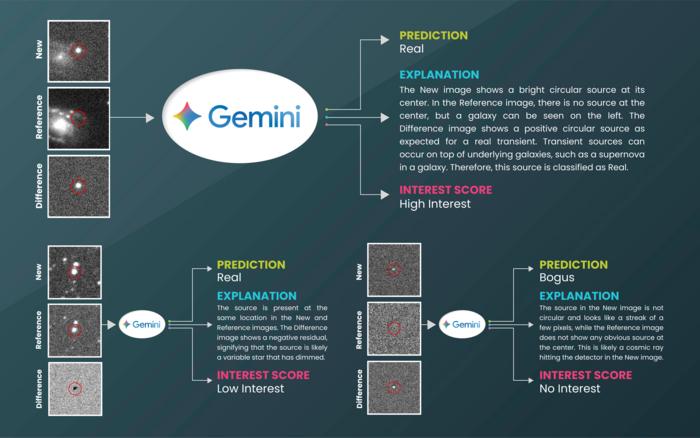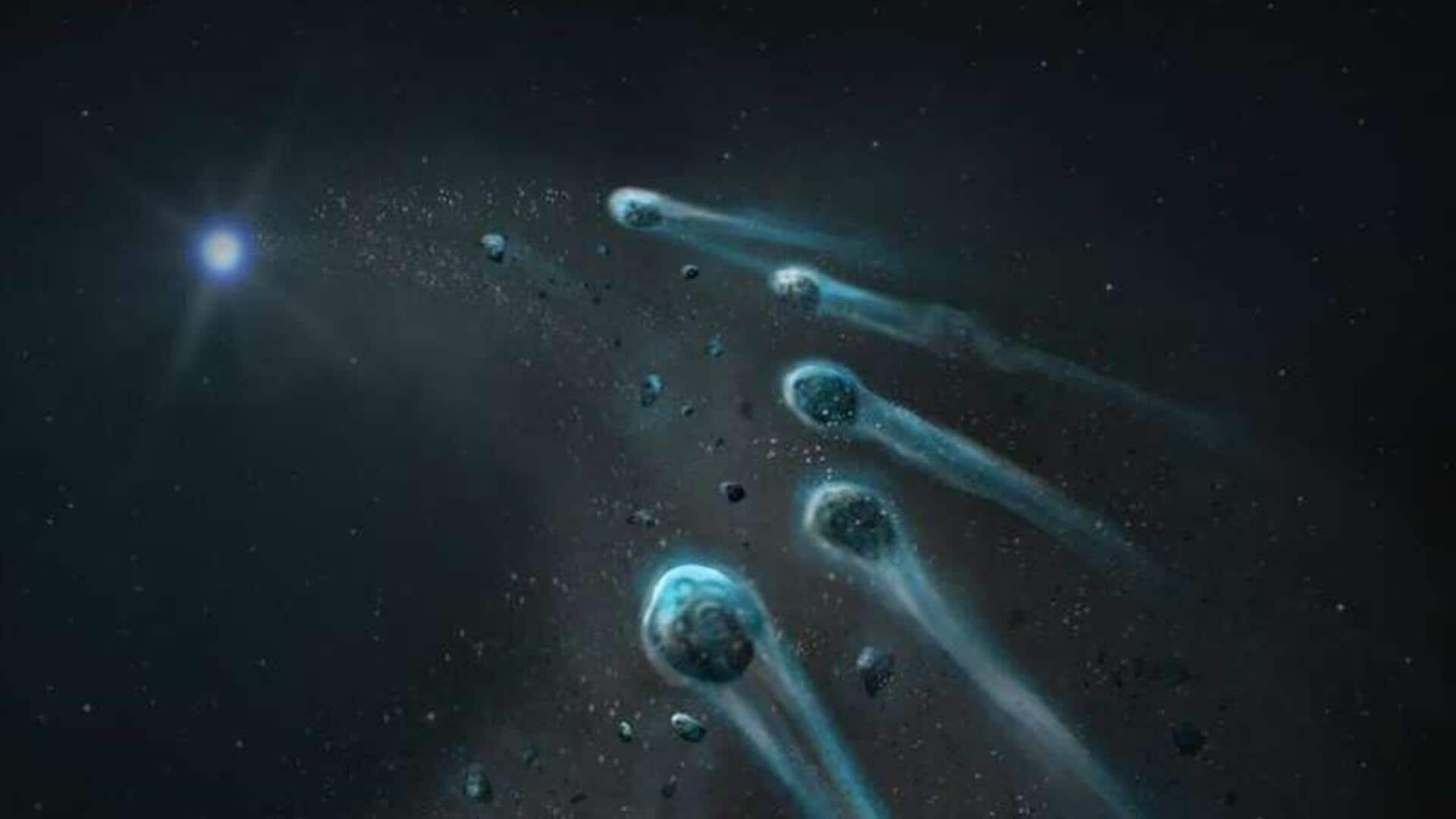Sky-gazers worldwide will be treated to a brilliant celestial display this week as the Orionid meteor shower lights up the night sky with bright trails of light. Known occasionally for producing fireballs, the meteor shower is set to peak at 8 p.m. ET on Monday, according to EarthSky.
The Orionids don’t have a sharp peak, so if you happen to get clouded out on the peak night, there’s no need to worry. Robert Lunsford, fireball report coordinator for the American Meteor Society, says, “Head on out the next night, next couple nights even, and you’ll see almost the same activity.”
This year, the Orionids peak during a new moon, when the dark side of the satellite is facing Earth, according to The Old Farmer’s Almanac. This means the bright meteors won’t have to compete with moonlight, providing optimal viewing conditions. Under clear skies, you can expect to see 10 to 20 meteors per hour.
The Orionids are fast-moving meteors, with most lasting only a fraction of a second. Lunsford explains, “The brighter ones do produce persistent trains, which are smoke trails left after the meteor has disappeared.”
If you’re lucky, you might catch more than one meteor shower. The Southern Taurids are also active, expected to peak November 4-5 around the time of a full moon. The Orionid meteors appear to radiate from the Orion constellation, while the slower Taurids originate farther west in Taurus. Lunsford comments, “It’s kind of like they’re doing battle — slow meteors shooting eastward toward Orion, and fast ones shooting westward toward Taurus.”
For the best viewing experience, look toward the southern sky and plan to be outside around 10 p.m. Monday night or between 4 to 5 a.m. Tuesday morning in your local time, advises Lunsford.
### Where Do the Orionids Come From?
The Orionid meteor shower occurs when Earth passes through debris left over from comet 1P/Halley, explains NASA. “Halley’s comet actually crosses Earth’s orbit twice,” says Lunsford. It enters Earth’s orbit in October, producing the Orionids, and exits in early May, causing another shower known as the Eta Aquariids.
Halley’s comet was last seen from Earth in 1986. With an orbital period of around 76 years, scientists expect its return in 2061.
### Upcoming Meteor Showers
Here are the peak dates of other meteor showers anticipated later this year, according to the American Meteor Society and EarthSky:
– Southern Taurids: November 4–5
– Northern Taurids: November 11–12
– Leonids: November 16–17
– Geminids: December 13–14
– Ursids: December 21–22
### Upcoming Supermoons
Don’t miss these two full supermoons this year:
– November 5: Beaver Moon
– December 4: Cold Moon
Enjoy the spectacular celestial shows this season and happy sky-gazing!
*The-CNN-Wire™ & ©*
https://abc7.com/post/orionid-meteor-shower-how-when-watch-october-2025/18046354/


